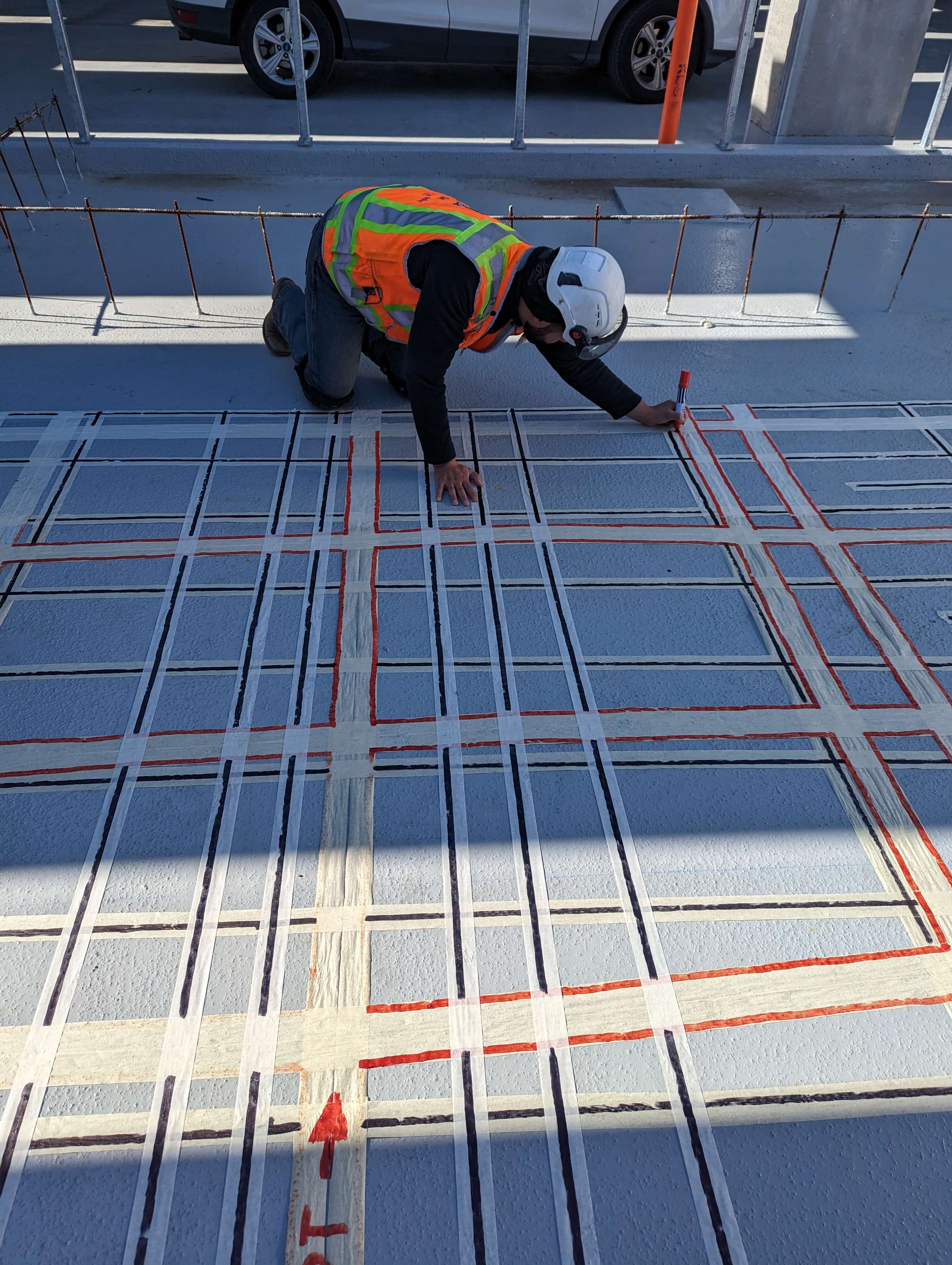Effective Concrete Scanning Methods for Construction Projects
Effective Concrete Scanning Methods for Construction Projects
Blog Article
Unveil the Transformative Power of Concrete Scanning in Optimizing Efficiency and Safety
Concrete scanning has actually become a crucial device in the building and construction market, supplying exceptional advantages in enhancing task efficiency and making sure safety requirements. By making use of advanced innovation, concrete scanning permits experts to see past the surface area, uncovering concealed intricacies that could affect the architectural integrity of a building. The transformative power of concrete scanning depends on its ability to give real-time data and thorough insights, changing just how jobs are intended and executed. As we dig right into the details of this innovative technique, a world of opportunities opens, showcasing a brand-new period of building and construction practices that prioritize precision and safety.
Significance of Concrete Scanning
Making certain the structural integrity and safety and security of building and construction jobs begins with the critical action of conducting thorough concrete scanning. Concrete scanning is a non-destructive approach utilized to spot and map subsurface components within concrete structures. This process is necessary in determining potential dangers, such as rebar, post-tension cable televisions, and avenues, that might be hidden within the concrete. By using advanced modern technologies like ground-penetrating radar (GPR) and electromagnetic induction, building and construction teams can properly locate these components without causing any kind of damage to the framework.
Additionally, concrete scanning aids in optimizing task timelines and spending plan by staying clear of unanticipated prices and hold-ups that may arise due to unanticipated obstructions within the concrete. Ultimately, investing in comprehensive concrete scanning is a proactive method that enhances both efficiency and safety in building and construction tasks.
Exactly How Concrete Scanning Works
Concrete scanning operates as an essential device in building projects by utilizing advanced innovations to spot and map subsurface components without causing architectural damage. Ground Permeating Radar (GPR) and Electromagnetic Induction (EMI) are two main approaches made use of in concrete scanning.
During the scanning procedure, the data gathered is assessed in real-time, enabling prompt identification of prospective threats or obstacles underneath the surface. This info help in decision-making, ensuring that building tasks continue safely and effectively. In addition, 3D imaging software can be used to develop detailed maps of the subsurface aspects, better enhancing job preparation and execution. By utilizing these innovative innovations, concrete scanning significantly decreases the danger of pricey damages and injuries on building sites.
Advantages of Concrete Scanning
One of the key advantages of concrete scanning is the capability to discover and locate embedded things such as rebar, post-tension cords, and avenues precisely. Concrete scanning assists in preparation and designing extra efficiently, as it gives accurate details about the place and depth of structural parts.

Instance Researches: Concrete Scanning Success

In an additional case, a building company used 3D concrete scanning to analyze the problem of aging concrete structures in a historical structure. The detailed scans offered beneficial insights into the degree of damage and helped prioritize upkeep efforts successfully. By proactively addressing areas of issue determined via scanning, the firm was able to extend the lifespan of the structure and guarantee passenger safety and security.
These instance studies underscore the transformative power of concrete scanning in enhancing efficiency, accuracy, and safety in construction projects.
Executing Concrete Scanning in Projects
Carrying out sophisticated scanning innovations throughout building jobs has ended up being increasingly vital for improving precision and safety. By integrating concrete scanning into project planning and execution, construction groups can recognize potential hazards, such as rebar or post-tension cable televisions, concealed within concrete structures. This positive method lessens the risk of crashes, delays, and expensive rework, eventually resulting in much more efficient project timelines and budgets.
To apply concrete scanning properly, job managers should team up carefully with skilled scanning specialists to establish one of the most suitable scanning strategies for the certain additional hints project needs. Engaging scanning experts from the beginning of a task allows the team to develop extensive scanning plans that attend to essential areas of problem and make sure complete data collection.
Moreover, including concrete scanning into normal job workflows can enhance decision-making processes, as real-time check data gives immediate understandings into the problem of concrete structures - Concrete Scanning. This data-driven technique facilitates notified problem-solving and allows groups to make modifications promptly, promoting a culture of effectiveness and safety and security throughout the job lifecycle

Verdict
Finally, concrete scanning plays a critical role in enhancing effectiveness and safety and security in construction projects. By using sophisticated modern technology to map and discover out underlying frameworks within concrete, this procedure aids to stop costly errors, make sure architectural stability, and decrease threats on website. With the capacity to reveal hidden elements and offer accurate data, concrete scanning proves to be a valuable device for optimizing job end results and making the most of general success.
Concrete scanning is a non-destructive technique used to spot and map subsurface aspects within concrete structures. Additionally, concrete scanning helps in optimizing task timelines and spending plan by staying clear of unanticipated expenses and delays that may occur due to read what he said unexpected obstructions within the concrete. One notable instance research includes a massive remodelling project where concrete scanning played an essential role in making certain task success.In one more case, a building and construction firm used 3D concrete scanning to evaluate the condition of maturing concrete structures in a historic structure. By integrating concrete scanning into task planning and implementation, building and construction teams can identify possible risks, such as rebar or post-tension cables, concealed within concrete structures.
Report this page